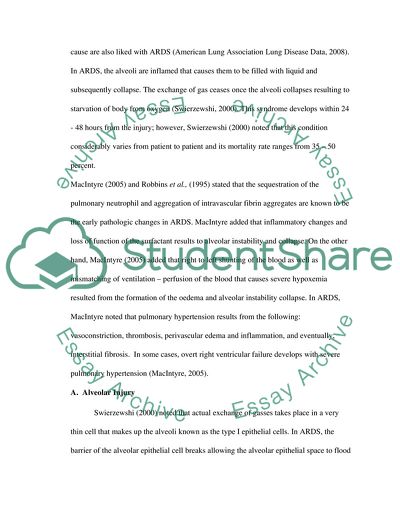Cite this document
(Pathophysiology of Adult Respiratory Distress Syndrome Case Study, n.d.)
Pathophysiology of Adult Respiratory Distress Syndrome Case Study. Retrieved from https://studentshare.org/health-sciences-medicine/1719794-pathophysiology-of-adult-respiratory-distress-syndrome
Pathophysiology of Adult Respiratory Distress Syndrome Case Study. Retrieved from https://studentshare.org/health-sciences-medicine/1719794-pathophysiology-of-adult-respiratory-distress-syndrome
(Pathophysiology of Adult Respiratory Distress Syndrome Case Study)
Pathophysiology of Adult Respiratory Distress Syndrome Case Study. https://studentshare.org/health-sciences-medicine/1719794-pathophysiology-of-adult-respiratory-distress-syndrome.
Pathophysiology of Adult Respiratory Distress Syndrome Case Study. https://studentshare.org/health-sciences-medicine/1719794-pathophysiology-of-adult-respiratory-distress-syndrome.
“Pathophysiology of Adult Respiratory Distress Syndrome Case Study”. https://studentshare.org/health-sciences-medicine/1719794-pathophysiology-of-adult-respiratory-distress-syndrome.


